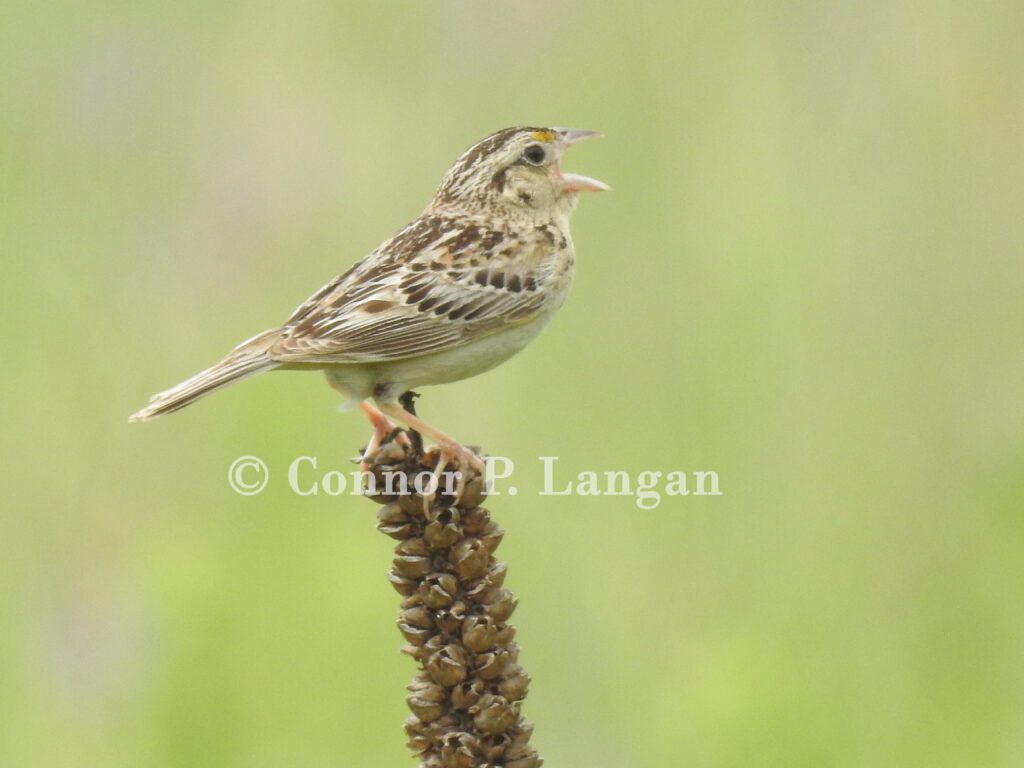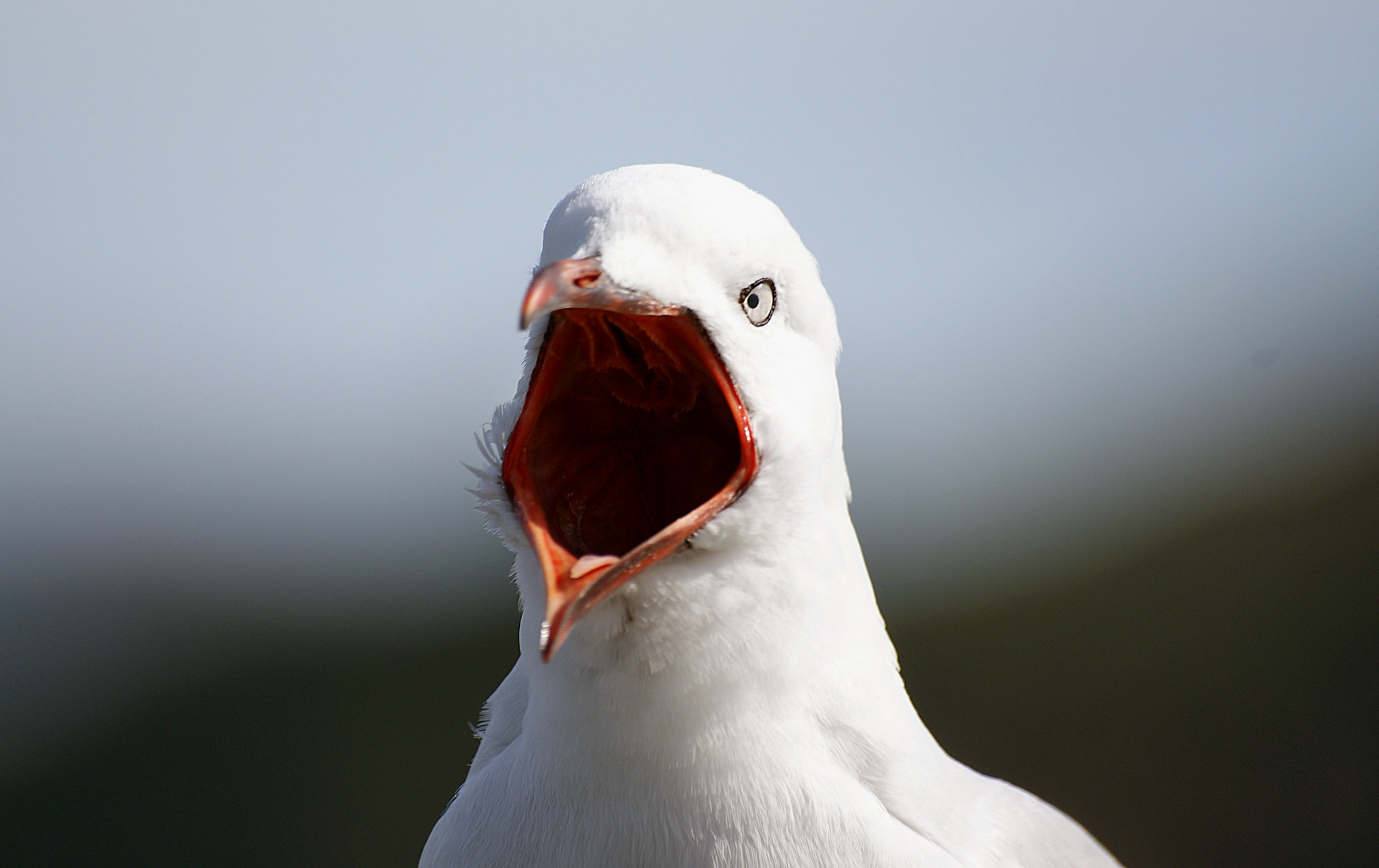Do birds have teeth? Many have not gotten close enough to a bird to find out if it has any teeth. If birds do have teeth, then why don’t we ever see their teeth? If birds do not have teeth, then how do they chew their food? All of these questions and more will be answered in this guide, so read on to find all of the answers that you seek!
Table of Contents
How Did Birds Develop Beaks?
An impressive variety of different beak shapes and sizes exists in birds throughout the world. From short, stout beaks to thin, long beaks, the diversity of beaks that has evolved in birds is astounding, but how did bird’s beaks come to be?
Birds are the direct descendants of creatures who had long, protruding fingers, but these fingers were sacrificed when birds evolved wings. To replace their fingers, birds developed an appendage with all of the same functions of the fingers that they lost.
Of course, that appendage was their beak, Those who study the avian fossil record believe that the ancestors of our modern birds developed beaks gradually over hundreds of thousands of years. Plenty of different shapes and variations rose and fell during this time, but this process eventually led to the development of the beaks that we see in today’s birds.
Do Birds Have Teeth In Their Beaks?
Having a beak greatly alters the way in which a creature can forage and eat, so living with a beak presented birds with new challenges to which they would need to adapt. Teeth are useful for biting, tearing, and breaking down food, while they can also be used in communication and self-defense. So, do birds have teeth?
Contrary to what some believe, birds do not have teeth. Although birds such as geese have tooth-like structures known as tomia along their beaks, these are not true teeth. Birds began the process of losing their teeth over 100 million years ago.
Why Did Birds Lose Their Teeth?

Do birds have teeth? We now know that birds do not have teeth, but why did birds lose their teeth?
Well, the answer to that question is still up for debate. For years, it was widely accepted that birds lost their teeth to make flight easier, but this theory doesn’t make scientific sense. After all, Archaeopteryx—the species that most regard as the first bird—was capable of flight yet it had teeth.
Additionally, modern creatures like bats are perfectly capable of flight despite having teeth, so the notion that teeth were sacrificed for flight doesn’t seem to add up.
It seems that the loss of teeth in birds and the evolution of beaks happened at about the same time, so birds seemingly gave up teeth for they could have beaks. Perhaps a beak is a more versatile and efficient option for birds, and for this reason they gave up their teeth.
Whatever the case, the question of why birds lost their teeth remains a topic that has more questions than answers.
How Do Birds Chew Their Food?
Since we know that the answer to the question of “do birds have teeth?” is no, then how do birds chew their food? Without teeth to grind and tear food up into smaller pieces, how do birds manage to process their food?
Given that birds are masters of adaptability, it should come as no surprise that birds have their own unique ways of breaking down food to aid in their digestive processes.
The first part of a bird’s eating process involves swallowing their food. Now, this process will be influenced by what kind of food the bird is eating, as some food is too large to swallow whole. Additionally, some foods may contain components that are not edible, so birds will have to swallow only the edible parts. To get smaller pieces of food to ingest, birds can rip, tear, peck, and shred their food to transform it into more manageable pieces.
After a bird has swallowed their food, it is time for the digestive processes to unfold. If a bird does not need to store excess amounts of food, then its meal will bypass the crop and move into the proventriculus-the first compartment of a bird’s stomach.
In the proventriculus, a bird’s meal is treated with digestive fluids before moving into the gizzard. The gizzard is a compartment in a bird’s stomach that minimizes a bird’s meal by grinding it up. The gizzard is able to grind up a bird’s meal thanks to the assist of small bits of rock that the bird has swallowed.
After the food has been thoroughly processed, the nutrients will get digested and the food will eventually be excreted as waste. Birds have a much different way of digesting food than humans, but their methods are effective for their purposes.
Conclusion
Do birds have teeth? We now know that birds do not have teeth, and they have managed to get along quite well without them for tens of thousands of years. Birds lost their fingers to clear the way for wings to develop. After the evolution of their wings, birds began to develop beaks while simultaneously giving up their teeth.
Beaks have radiated into diverse, capable appendages that birds employ to make up for their lack of fingers and teeth. The reason that birds no longer have teeth remains a mystery, but it is possible that birds lost their teeth to make way for a beak-a trait that may be more efficient and useful to birds than teeth.
In the absence of teeth, birds have evolved to capture, consume, and digest food in unique ways. Once a bird swallows its food, the food item is broken down in two separate digestive compartments before the nutrients are absorbed.
Birds do not have teeth, but they have managed to thrive without such features.

